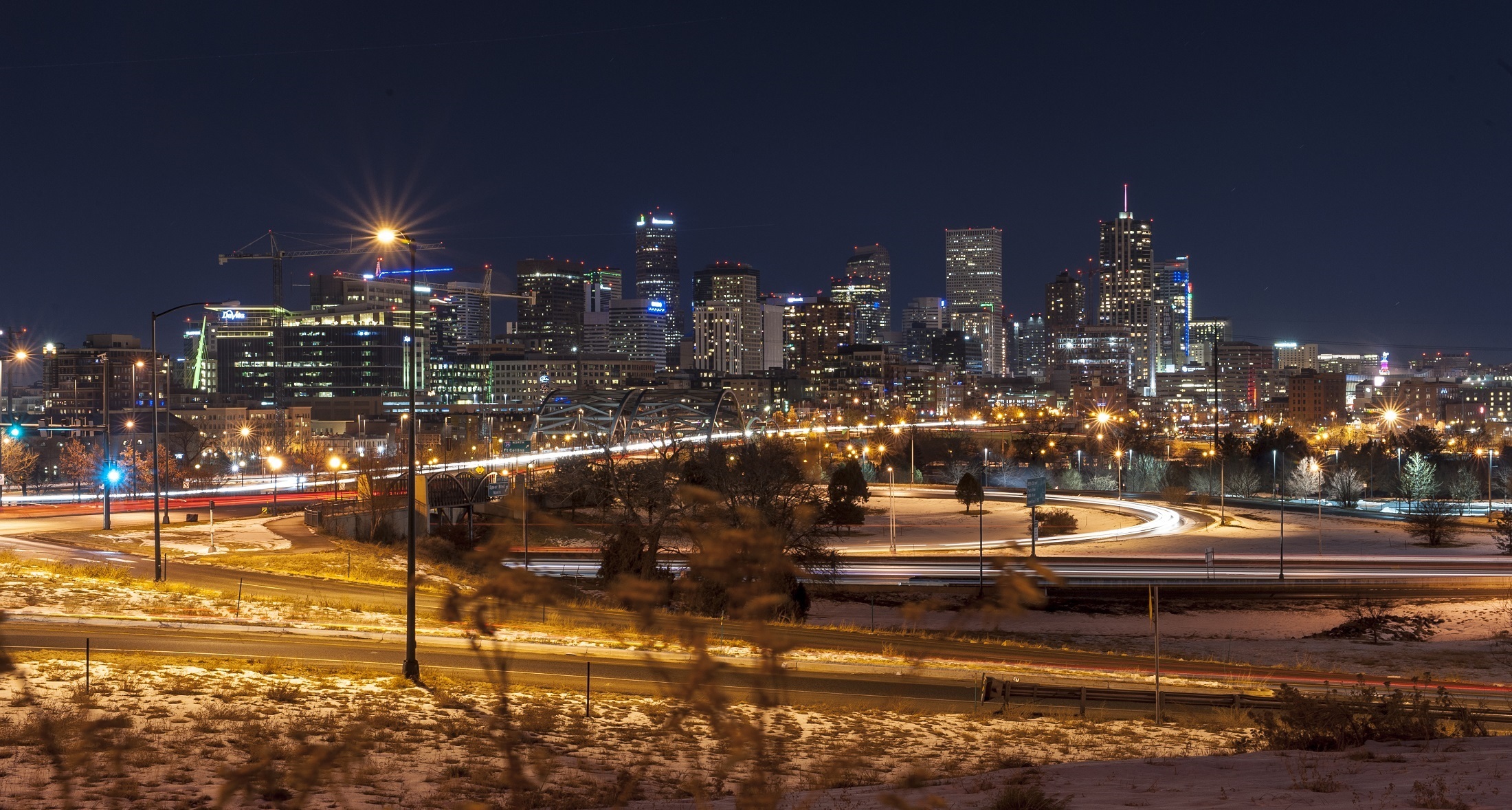Since the global financial crisis over a decade ago, Denver has solidified its status as a city where people – and businesses – want to be. As high-profile companies relocate their headquarters and key operations here, the Mile High City continues to have undeniably strong economic fundamentals. In fact, Denver has consistently ranked among the Top 10 recession-recovered cities for the past few years.
As a result, Denver has become an attractive market for investment. Over the past decade, commercial real estate has seen a steady influx of both domestic and foreign investment – with few signs of slowing down – adding to the city’s already-booming economic growth. While looking to the future is imperative, it’s also valuable to look at the factors that influenced our rise in order to capitalize on best practices.
Here are 5 key commercial real estate trends from the past decade that have helped shape our present industry and will inform the next chapter of development and leasing activity for Denver.
1. The Rise of Secondary Markets
Across the U.S., secondary markets are gaining the attention – and dollars – of investors looking to diversify their portfolios and increase their growth potential. According to CBRE’s Americas Investor Intentions Survey 2019, investor interest in secondary markets grew for the fifth year in a row. Advancing for the third year in a row, Denver tied with Atlanta for the #5 spot. Multifamily remained the primary focus for investors with 42.8% of total 2018 sales volume, while office came in second at 25.8%. Investor interest is expected to remain high in 2020.
2. The Explosion of Population and Business Growth
The Mile High City has long been a magnet for transplants. Since 2010, the Denver metro area’s population has grown more than 15%. With a growing highly educated workforce, the city has captured the attention of major corporations looking to attract top talent.
In the past two years alone, 24 companies have relocated their headquarters or expanded into Downtown Denver, according to the Downtown Denver Partnership. Additionally, hundreds of new companies are founding and growing their businesses here, employing thousands of people and raising hundreds of millions in capital. To meet demand, developers have delivered millions of square feet of office space. In Downtown Denver alone, more than 1.4M square feet of new office space was delivered in 2018.
3. The Evolving Role of the Conventional Office
A decade ago, “going into the office” was largely synonymous with driving to work, clocking in, sitting in a high-walled cubicle, clocking out and driving home. Today, it can mean a variety of activities in a variety of places. As technology has transformed the way we do business, many employees have the flexibility to plug in from the comfort of their couch or work from a local coffee shop.
As companies choose to access a global talent pool, traditional office set-ups have evolved to accommodate remote or partially remote workers. This often means a smaller physical footprint, and, of course, an increased demand for coworking spaces. Denver is currently the 7th largest flexible office space market in the country, according to CBRE. (Read more about the traditional vs coworking office space here.)
4. A Shift in Workplace Functionality
While the size and number of conventional office spaces have generally decreased, the design of in-person workspaces has become more important as companies look to appeal to the elevated expectations of today’s workforce, and attract and retain employees in an increasingly competitive job market. As developers and brokers, it’s been essential for us to become experts in accommodating a variety of work styles and preferences across multiple generations.
While the need for open, flexible layouts has not changed in recent years, there has been a noticeable shift among tenants requesting “heads-down space” for employees for quiet, focused work. Solutions have included huddle rooms, call booths and “zen dens.” As Generation Z enters the workforce, there will undoubtedly be another shift in design trends to meet new demands while supporting productivity across the entire spectrum of the workforce.
5. Changing Tenant Expectations
What tenants expected 10 years ago is not the same as what they expect today. And for good reason. Businesses operate in a completely different world, thanks in large part to technology advancements that have changed how we connect with one another and get work done.
Accordingly, connectivity is an increasingly important decision-making factor for companies looking for office space. As more and more ‘smart buildings’ come online, older assets will need to adapt to keep up with new infrastructure demands.
So, what hasn’t changed in the last decade? Tenants still highly value both location and amenities. Denver continues to see steady development within or close to the city center. Walkability, access to transit and nearby housing options all play crucial roles for buildings looking to attract tenants for the long-term.
Value-add amenities packages – think top-notch fitness facilities, locker rooms, showers, bike storage and common spaces that encourage community-building – are taking on increasingly important roles as elements of experiential, hospitality and residential design make their way into workplace design. We expect to see a continued blurring of the lines over the next decade as a new generation redefines what work looks like.
While no one can predict the future, by looking to best practices from the past decade and remaining flexible in the face of change, the CRE industry can continue to thrive in one of the longest CRE cycles this city has experienced.


